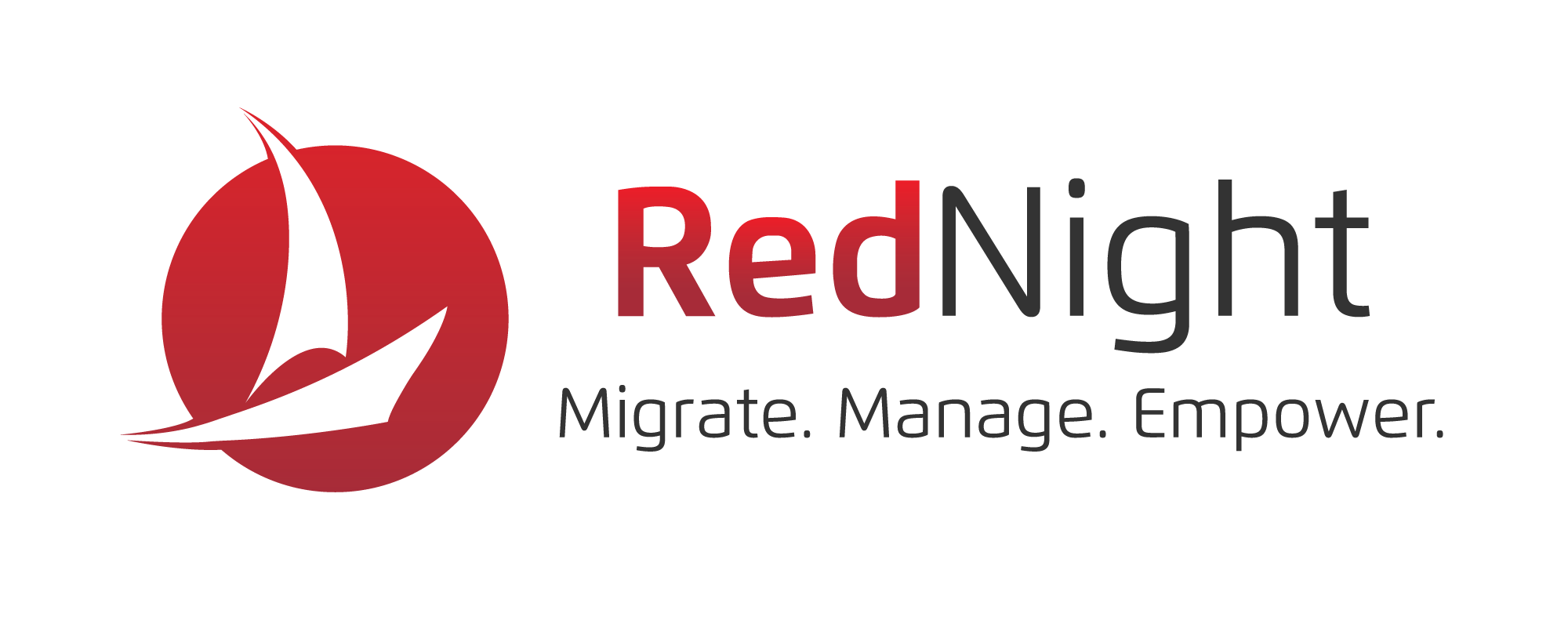January 14, 2020.
That’s the fateful day that Microsoft will pull the plug on support for Windows 7.
Windows 7 “End of life”, as it’s known, is an everlasting period for the operating system that stops both support for technical issues and security patches permanently.
So what does Windows 7 EOL mean for your SMB?
Simply this: It means a much, much higher chance of being hit with a cyberattack.
Typically, hackers focus on exploiting vulnerabilities in operating systems to get in and steal/ransom data from within your network.
And usually, that’s not a problem. Microsoft releases patches to fix these vulnerabilities and the world keeps spinning.
However, with EOL, the hackers will have unlimited time to find and exploit these vulnerabilities with zero chance of Microsoft updating the operating system to stop them.
Simply put, if you’re targeted by a hacker that’s exploiting these security holes, you’re very likely going to lose your data. While the security measures that you have in place may catch some threats, the open possibilities of invasion are too many to stop.
Helpful: Check what operating system you’re on
Our Windows 7 End of Life Checklist
You’re going to want to move over to the newer, more secure Windows 10 operating system. That’s the current gold standard in business environments. But before that…
Here’s a brief checklist of the things you’ll want to do to ensure that you’re ready for the EOL.
1. Identify the specific machines that need to be upgraded
Take stock of each and every machine so you have an idea of how much work you’ll need to put in.
If you’re still using machines that came with Windows 7, you’re likely long overdue for an upgrade. It may be time to upgrade not only your OS but your hardware, too.
Older machines are slower, less secure, and generally more prone to downtime. While it’s admirable to get as much use as possible out of your technology before retiring it, machines that are more than 5 years old have definitely put in their time.
2. Create a timeline and budget for the upgrade
It’s important to rip the band-aid off quickly, so to speak. You’ll want to plan the upgrade ahead of time to minimize downtime and inconvenience to your staff.
To be safe, you’ll want a second pair of eyes on the upgrade. Working with an IT service partner on the Windows 7 upgrade can really expedite the process while reducing the risk of things going wrong.
3. Take stock of things that can’t be migrated
Most businesses can’t swap over seamlessly because they have some kind of special, non-upgradable legacy software or device that prevents them from doing so.
While this is a little trickier than usual, it’s not uncommon.
Still, the risk of operating on an EOL OS far outweighs the convenience of keeping the same system. You can invest in a virtual machine that can emulate the same operating system (Windows 7) within a newer environment (Windows 10).
While we don’t recommend it for many, it can be useful for those that can’t feasibly swap over.
4. Train your employees on the new operating system
It’s unrealistic to hand someone a new piece of technology and expect them to work off of it seamlessly.
That’s especially true when it comes to something as critical as an operating system. Even the same buttons that your staff is used to (Start, control panel, settings, etc.) can be shifted around and renamed.
Needless to say, you don’t want your people confused and frustrated.
It’s well worth the effort to train your staff on how to use the new Windows 10 operating system so that they’re comfortable (and productive) by the time they are upgraded. Start by having them watch helpful tutorial videos to get them used to Windows 10 ahead of time.
Getting additional help
We’ve helped many businesses make the swap over to Windows 10 without skipping a beat. If you’re not quite ready to make the jump yourself, or if you’d like a professional opinion, reach out to us.
We’re here to help!


